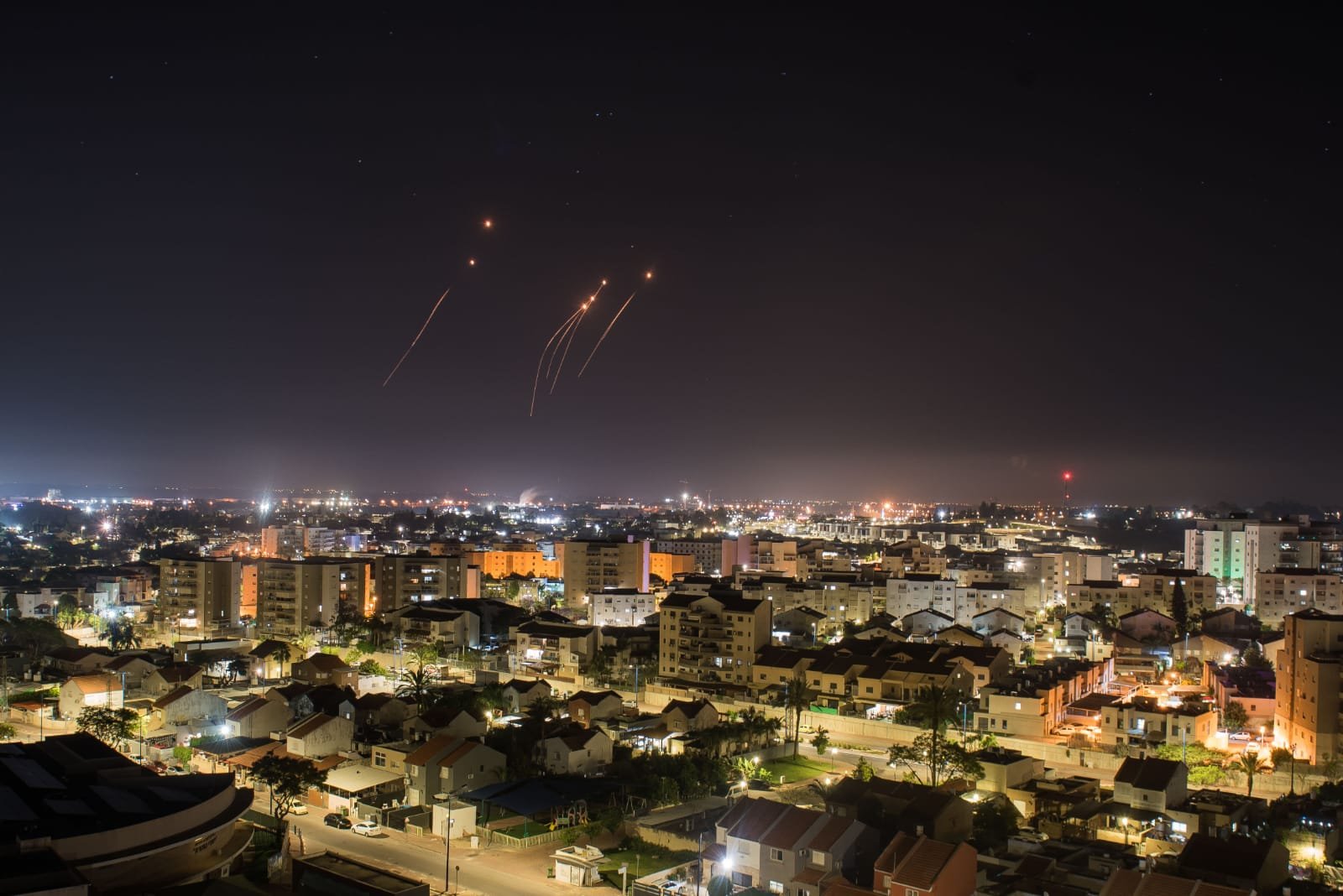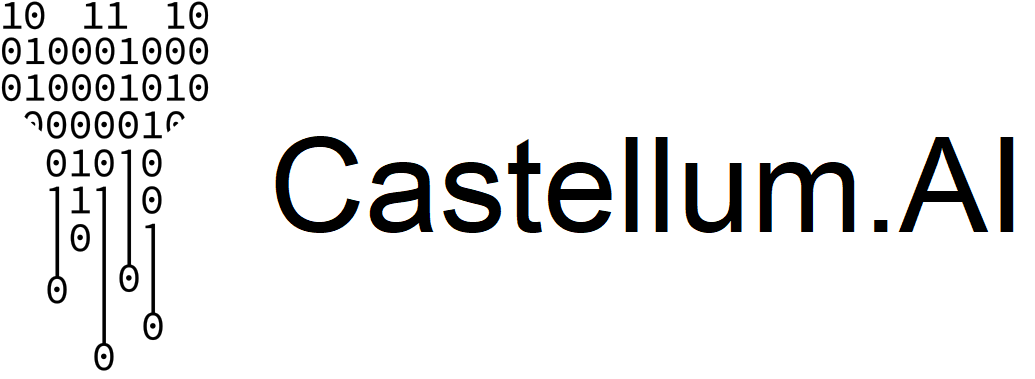
Israel & Palestine
Sanctions Dashboard
223: Sanctions targeting Hamas since 7 October
Current as of 19 January 2025
Real-time sanctions insights are available to clients. To sign up, connect with the team.
You are welcome to use Castellum.AI data on your site and in your publications only if you receive explicit written permission from Castellum.AI. Reach out at contact@castellum.ai to request permission. Use without written permission and public citations is a violation of our terms of service.
This dashboard tracks sanctions targeting those with locations in Israel and Palestine, with Hamas’ October 7th attack and Israel’s subsequent attack on Gaza serving as the inflection point. The consolidated sanctions dashboard uses sanctions location data provided by issuing authorities. Sanction location data is not always available, partially due to government inattention to data best practices and partially because acquiring addresses for terrorists is not a straightforward process. The dashboard is updated quarterly.
Over 80% of sanctions targeting Palestine relate to U.S. sanctions against individuals and entities in Gaza. Most actions target Hamas, while others target ISIS, Al-Qaida, and Palestinian Islamic Jihad. Global sanctions targeting Hamas are minimal, with only the United States adopting sanctions targeting Hamas military leadership up until late November. Still, no one has sanctioned Hamas’ Prime Minister. In other words, Yehya Sinwar can legally buy a mansion in Switzerland and Hamas Prime Minister Issam al-Da’alis is free to store cash in the U.S.
The United States has imposed 5 times more sanctions for human rights abuses globally than it has against Hamas
Find any person or entity's financial crime risk with Castellum.AI
-
This data is updated as of the date cited above. Data used to create graphs pertains to designations targeting specific parties: individuals or entities (such as organizations or companies).
Most people think about sanctions as the “the US sanctions Hamas” but sanctions are usually “the US sanctions a UAE citizen located in Turkey for providing material support to Hamas.” A single sanctions designation can cover multiple data points, and evaluating whether sanctions are targeted against Israel or Palestine involves both a quantitative and qualitative approach.
To accomplish this, we examined location data provided by each sanctions issuing country’s relevant authority. When doing so, we specifically analyzed addresses associated with the designated parties, and excluded place of birth. For example, Switzerland SECO is Switzerland’s sanctions issuing authority. Switzerland SECO has sanctioned an individual located in Palestine under Switzerland SECO’s terrorism-related sanctions list.
However, not every sanctions designation includes location data, and some issuing authorities provide location data less frequently or not at all. For example, not every designation by US OFAC includes location information.
Major sanctions issuing countries issue designations within geographic or thematic programs, such as the EU’s Ukraine sanctions program or the United States’ human rights sanctions program. There are no sanctions programs specifically targeting Palestine or Israel.
This location-based approach is appropriate and accounts for the absence of sanctions programs specifically targeting Israel or Palestine.
There are also actions targeting Hamas financiers outside of Palestine, mostly from the U.S. They are under a larger umbrella of terrorism designations done under Executive Order 13224, which brings Hamas, Hizballah, Al-Qaida and ISIS under one umbrella. The connections between these groups are often strong and a sanctions action in some cases could be classified as Hizballah focused, Hamas focused, or Iran Islamic Revolutionary Guard-focused, as in the case of Muhammad Sarur, a Beirut, Lebanon-based HAMAS and Hizballah-linked financial operative, is in charge of transferring tens of millions of dollars per year from the IRGC-QF to the Izz-Al-Din Al-Qassam Brigades. For this reason, our dashboard focuses specifically on sanctions related to those with locations in Palestine. The U.S. government has six different executive orders that explicitly target North Korea (in addition to targeting it through functional programs like proliferation sanctions and human rights abuse sanctions), and twelve 12 executive orders that explicitly target Russia, and then directives that target specific parts of the Russian economy. The U.S. government also has executive orders that target specific non-state actors, such as Transnational Criminal Organizations, The U.S. government has a sanctions program specifically designed to target hostage taking and another one specifically for narcotics trafficking. -
Castellum.AI obtains global sanctions information from primary sources, and then proceeds to standardize, clean and enrich the data, extracting key information like IDs and addresses from text blobs. Castellum.AI enriches as many as fifteen separate items per entry.
This analysis is based on the enriched primary source data that populates our database. The database consists of over 1,600 watchlists, covering over 200 countries and eight different categories (sanctions, export control, law enforcement most wanted, contract debarment, politically exposed persons, regulatory enforcement, delisted, and elevated risk).
Castellum.AI checks for watchlist updates every five minutes directly from issuing authorities.
-
Sign up for a free sanctions platform account here. If you want to check the source data yourself, identify the necessary government sources to pull the data. Keep in mind that government source data must be cleaned and enriched.
-
Castellum.AI data is only available to publications with explicit, written permission from Castellum.AI.
Email contact@castellum.ai for more details. Use without written permission and publicly visible citations violates our terms of service.
We do work with press and researchers. More about how we do that here.
-
Stay ahead of the headlines
We have you covered. Sign up to receive data alerts and original insights from Castellum.AI

